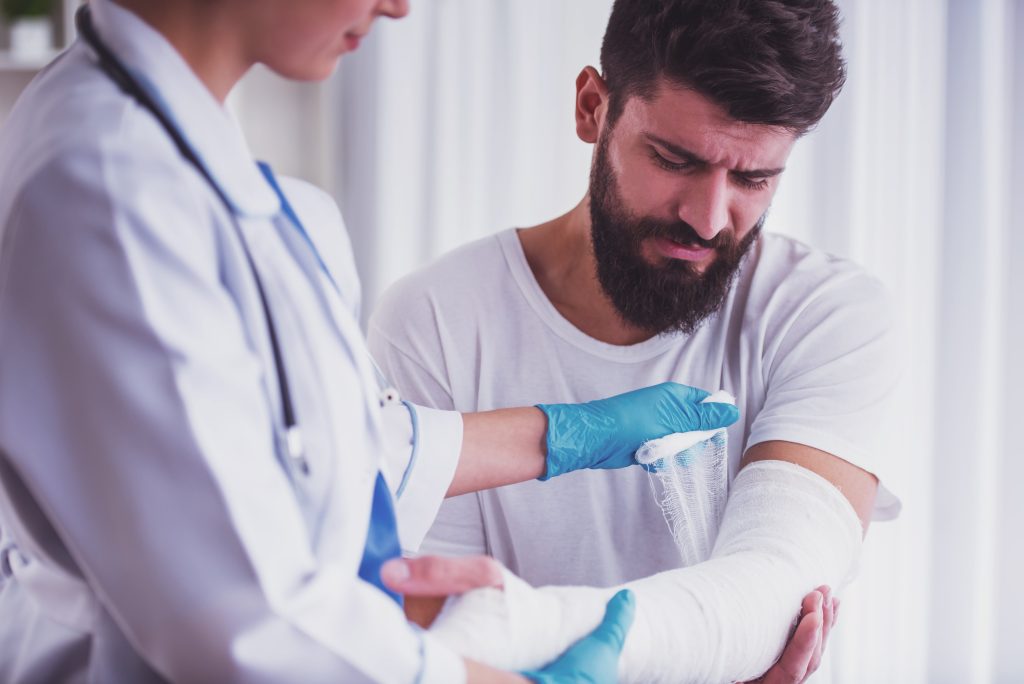Orthopedics

What is Orthopedic Medicine?
Orthopedic medicine focuses on the diagnosis, treatment, and prevention of disorders related to the musculoskeletal system, which includes bones, joints, ligaments, tendons, muscles, and nerves. Orthopedic surgeons use surgical and non-surgical methods to restore mobility, reduce pain, and improve the overall function of the musculoskeletal system.
Surgical Procedures
- Rotator cuff, labrum & meniscus procedures
- Minimally invasive hip, knee, and shoulder surgery
- Endoscopic carpal tunnel
- Shoulder, knee, & hip arthroscopy

